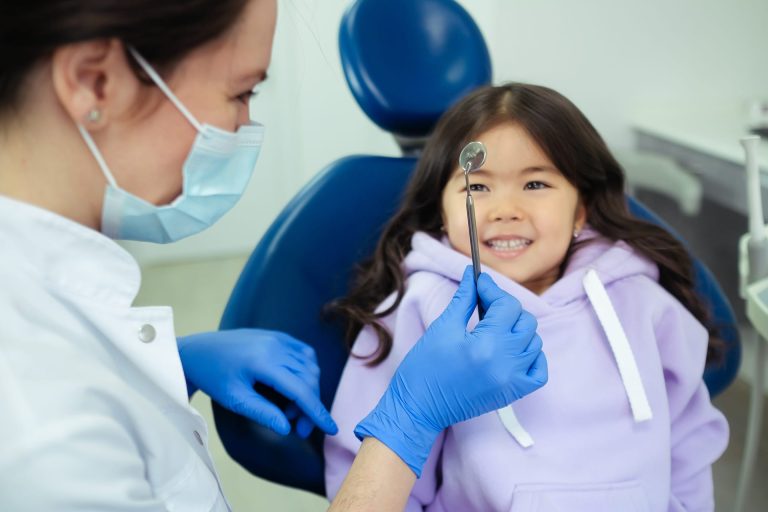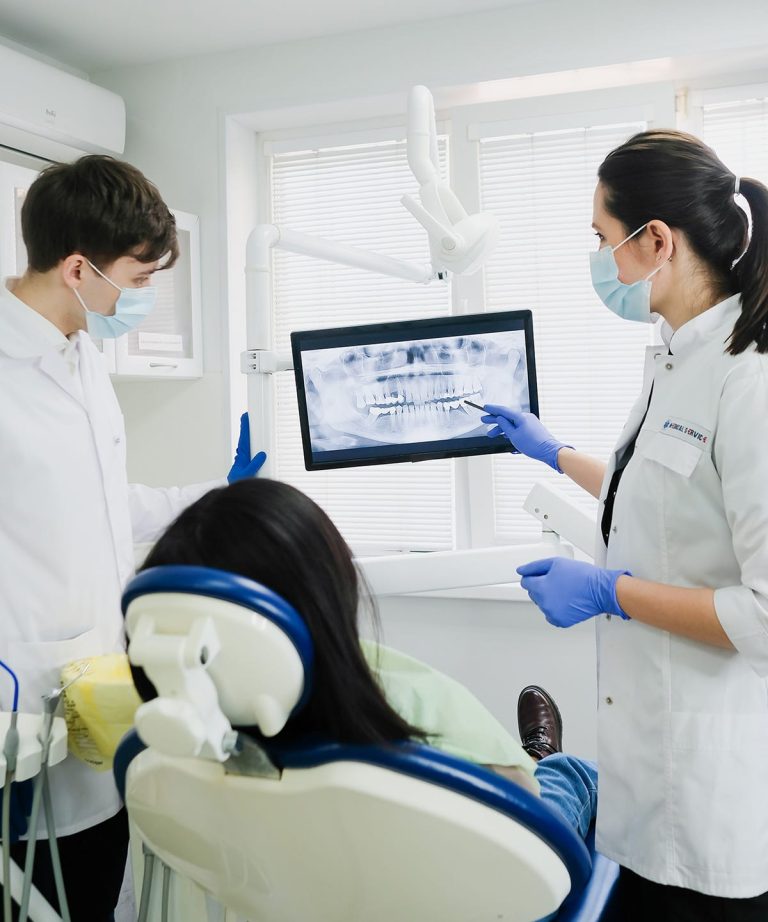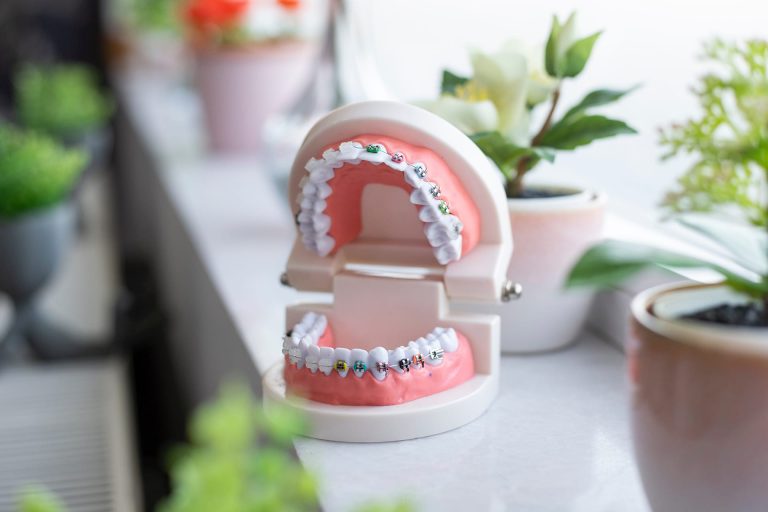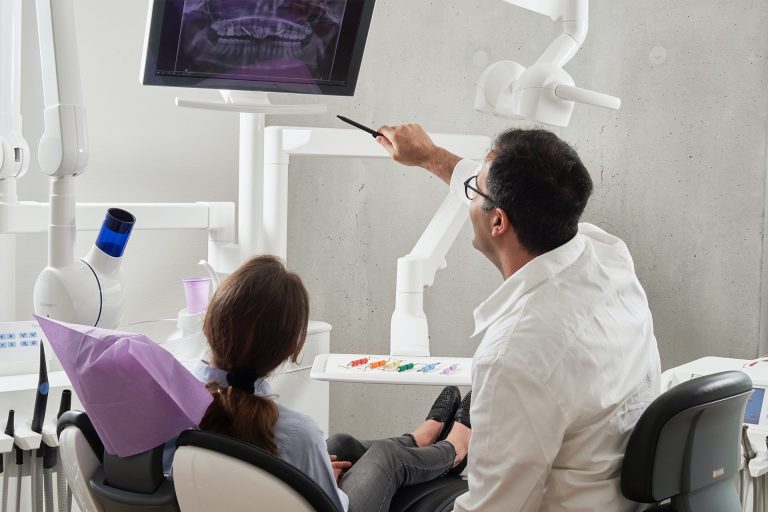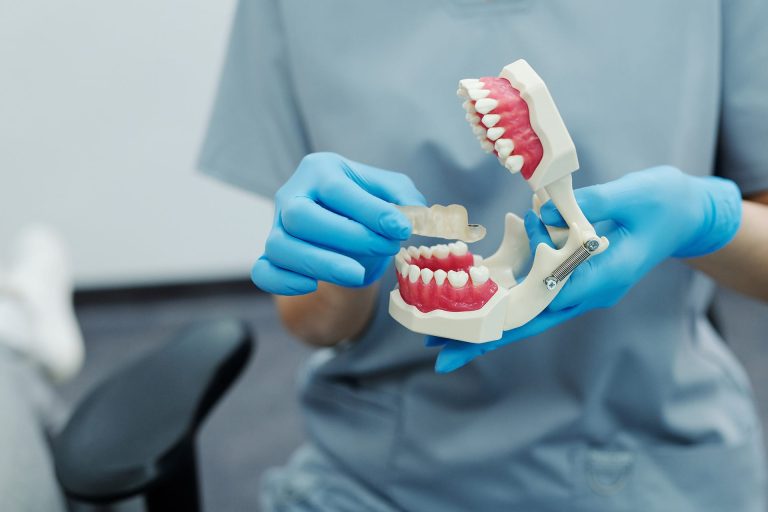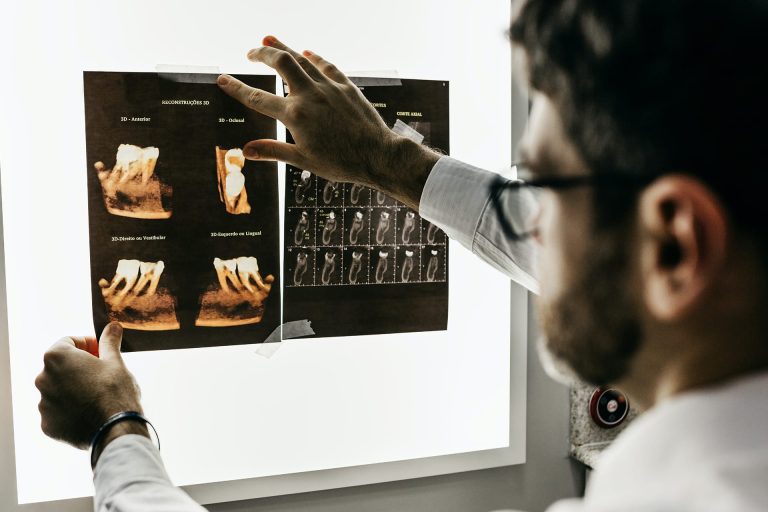Ever wondered how often you should switch out your toothbrush? Well, you’re not alone. This is a common query that most people have, especially since dental health is such a crucial part of our overall well-being. Let’s unravel this mystery together and discover when it’s time to say goodbye to your old toothbrush and welcome a new one.
In the quest for optimal dental hygiene, it’s recommended to replace your toothbrush every three to four months, or when bristles become frayed and worn. This ensures effective plaque removal, and guards against potential bacterial build-up on an old brush.
Understanding the Importance of Regularly Changing Your Toothbrush
Your toothbrush serves as a primary tool in maintaining your oral health. However, it’s essential to understand that it doesn’t have an infinite lifespan. Over time, it can become less effective at removing debris and bacteria, potentially causing harm to your oral health. Therefore, regularly changing your toothbrush is a non-negotiable aspect of oral hygiene.
The Role of Your Toothbrush in Oral Health
Your toothbrush plays a crucial role in your everyday hygiene routine. It’s designed to remove food particles, plaque, and bacteria from your teeth and gums. This daily clearing of debris and microbes helps prevent dental issues such as cavities, gum disease, and bad breath. Moreover, the fluoride in your toothpaste, which your toothbrush helps distribute, strengthens your tooth enamel, making it more resilient to decay.
However, the efficacy of your toothbrush doesn’t remain constant. Over time, the bristles fray and lose their stiffness, reducing their ability to clean effectively. This decrease in performance can lead to an accumulation of plaque, increasing the risk of oral health problems.
How an Old Toothbrush Can Harm Your Oral Health
An old toothbrush may appear harmless at first glance, but it can be a silent saboteur of your oral health. When your toothbrush’s bristles become frayed and worn out, their ability to effectively remove plaque and food particles diminishes. This can lead to an increased buildup of plaque, which, if left unchecked, can result in tooth decay, gum disease, and even tooth loss.
Additionally, an old toothbrush can also harbor a plethora of bacteria. Over time, these bacteria can multiply, leading to an increased risk of infections. While your mouth naturally contains bacteria, introducing additional harmful bacteria can disrupt the balance, potentially leading to oral health issues.
Overall, the importance of regularly changing your toothbrush should never be underestimated. It’s not merely a matter of hygiene, but a critical step in maintaining your oral health. By ensuring your toothbrush is always in optimal condition, you’re taking a proactive stand in the battle against plaque, gum disease, and tooth decay.
Indicators That It’s Time to Switch Your Toothbrush
Maintaining proper oral hygiene is vital, and an integral part of this regimen is your toothbrush. However, knowing the right time to replace your toothbrush can be a challenge. Here are some key indicators that it’s time to get a new one.
Toothbrush Wear and Tear
A toothbrush isn’t designed to last forever. Over time, it undergoes wear and tear, which can compromise its effectiveness.
The Impact of Damaged Bristles on Cleaning Efficiency
Damaged bristles may not seem like a big deal, but they can significantly impact the cleaning efficiency of your toothbrush. Worn out or frayed bristles lose their stiffness, making it harder for them to remove plaque and tartar buildup on your teeth. This can lead to poor oral hygiene, which in turn can trigger dental issues like cavities or gum disease.
How to Spot Signs of Toothbrush Wear and Tear
Recognizing the signs of toothbrush wear and tear is crucial. Look for splayed or frayed bristles that appear worn out. If the bristles have lost their original shape and flexibility, it’s time to get a new toothbrush.
After Illness or Infection
Another time when you should consider changing your toothbrush is after an illness or infection.
The Risk of Bacteria and Germs on Your Toothbrush
Your toothbrush can harbor bacteria and germs, especially after you’ve been sick. These microbes can linger on the bristles, posing a risk of reinfection every time you brush your teeth.
Why You Should Change Your Toothbrush After Being Sick
To avoid this risk, it’s advisable to change your toothbrush after an illness. This ensures that you’re not reintroducing potentially harmful microbes back into your oral cavity, promoting a healthier oral environment.
The Three-Month Rule
The Three-Month Rule is another guideline that can help you determine when to replace your toothbrush.
The Recommended Toothbrush Lifespan According to Dentists
Dentists recommend replacing your toothbrush every three months or sooner if the bristles show signs of wear and tear. This ensures that your toothbrush remains effective in cleaning your teeth and maintaining your oral health.
Why You Should Stick to the Three-Month Rule
Sticking to the Three-Month Rule helps keep your toothbrush in optimal condition, ensuring it can effectively remove plaque and tartar. It also reduces the risk of bacterial and germ buildup, contributing to a healthier oral environment.
Overall, being mindful of these indicators can help ensure that your toothbrush is always in top shape to uphold your oral hygiene. So, pay attention to its condition, replace it after an illness, and adhere to the Three-Month Rule. This way, you can effectively preserve your oral health while preventing potential dental problems.
Choosing the Right Toothbrush
Selecting the appropriate toothbrush depends on your individual needs, oral health status, and personal preferences. This choice can significantly impact your dental care routine and overall oral health.
Understanding Different Types of Toothbrushes
There are numerous types of toothbrushes available on the market, each with its unique features and benefits. Understanding these variations can help you make an informed choice.
Manual vs Electric Toothbrushes
Manual toothbrushes have been around for centuries and are the most commonly used type. They’re convenient, portable, and require no batteries or electricity. On the other hand, electric toothbrushes, powered by batteries or charged electrically, use rapid, automatic bristle motions to clean teeth. Studies have shown that electric toothbrushes can be more effective at removing plaque and reducing gingivitis. However, they’re typically more expensive than manual brushes and require regular charging or battery replacements.
Soft, Medium, or Hard Bristles: Which is Best?
The hardness of toothbrush bristles plays a significant role in oral hygiene. Soft-bristled brushes are generally recommended as they are less likely to cause gum damage and tooth enamel erosion. Medium and hard-bristled brushes might be suitable for those with healthier gums, but they should be used cautiously to avoid potential harm.
Considerations When Picking a New Toothbrush
When choosing a new toothbrush, consider not only its type and bristle hardness but also its comfort, price, availability, and environmental impact.
Comfort and Usability
The toothbrush you choose should feel comfortable in your hand and mouth. Look for a handle design that fits your grip and a head size that easily reaches all areas of your mouth. The brush’s usability, including how easily it can be cleaned and stored, should also be considered.
Price and Availability
While it’s essential to consider the cost of a toothbrush, it shouldn’t be your primary deciding factor. While electric toothbrushes may have a higher upfront cost, they can be more cost-effective in the long run due to their efficiency. Additionally, consider the toothbrush’s availability – can it be conveniently purchased from your local store or online?
Environmental Impact of Your Toothbrush Choice
Your toothbrush choice also has an environmental impact. For instance, manual toothbrushes contribute significantly to plastic waste as they should be replaced every three months. Environmentally conscious consumers might opt for toothbrushes with replaceable heads, biodegradable handles, or those made from recycled materials.
Overall, choosing the right toothbrush involves considering the type, bristle hardness, comfort, price, availability, and environmental impact. It’s essential to select a toothbrush that meets your unique oral health needs and aligns with your lifestyle and values.
Proper Toothbrush Maintenance
Proper maintenance of your toothbrush is paramount, not only for the longevity of the brush but also for your oral health. Improper care can lead to bacterial buildup, which can subsequently lead to various dental issues.
How to Clean Your Toothbrush
Keeping your toothbrush clean is an essential part of oral hygiene. Unclean toothbrushes can harbor harmful bacteria that can lead to gum disease and cavities.
Everyday Cleaning Tips
To clean your toothbrush daily, rinse it thoroughly under tap water after every use to remove any remaining toothpaste and debris. Use warm water for this, as it is more effective in removing fatty residues. Make certain to store your toothbrush in an upright position and allow it to air-dry. You should avoid covering your toothbrush or storing it in closed containers, as a moist environment is more conducive to the growth of microorganisms.
Deep Cleaning Your Toothbrush: How and When to Do It
While daily cleaning is crucial, your toothbrush also needs a deep clean every now and then. For a deep clean, soak your toothbrush in antiseptic mouthwash or a mixture of 2 teaspoons of baking soda in a cup of water. Leave it in for about 15 minutes and then rinse it thoroughly. This process can be performed once a week. However, if someone in your household is sick, it’s advisable to deep clean your toothbrush more often to prevent spreading germs.
Safe Storage of Your Toothbrush
The way you store your toothbrush can significantly affect its lifespan and effectiveness.
The Danger of Improper Toothbrush Storage
Improper storage of your toothbrush can lead to the accumulation of bacteria, mold, and yeast. Storing it in a closed container, especially while it’s still damp, can create a perfect breeding ground for these microorganisms. This not only shortens the life of your toothbrush but can also pose a risk to your oral health.
Tips for Storing Your Toothbrush Properly
To store your toothbrush properly, always ensure it’s dry before you put it away. An upright holder that allows air circulation is ideal. If you share your holder with others, ensure the brushes don’t touch to prevent cross-contamination. Lastly, avoid storing your toothbrush near the toilet, as airborne particles from the flush can contaminate it.
Overall, proper toothbrush maintenance involves daily cleaning, occasional deep cleaning, and safe storage. By adhering to these practices, you can safeguard your oral health and prolong the life of your toothbrush.
Common Myths About Changing Your Toothbrush
In the realm of oral hygiene, misinformation and misconceptions abound. Two prominent myths involve changing your toothbrush and the supposed benefits of boiling it. Let’s delve into these myths and uncover the truth behind them.
Myth: You Should Change Your Toothbrush After Every Dental Visit
You might have heard advice suggesting that you should change your toothbrush after every dental visit. This assertion, while seemingly logical, is not entirely accurate. The frequency of your dental visits does not necessarily dictate the lifespan of your toothbrush.
The Truth: When to Actually Change Your Toothbrush After a Dental Visit
The American Dental Association (ADA) recommends changing your toothbrush approximately every three to four months, or sooner if the bristles become frayed and worn out. This recommendation holds true regardless of how often you visit the dentist. It is the condition of the toothbrush and its effectiveness in cleaning your teeth, not your dental visit schedule, that should guide your decision to replace it.
Remember, a worn-out toothbrush is less effective in cleaning your teeth and gums, potentially leading to dental issues. So, keep an eye on the condition of your bristles and replace your toothbrush as needed.
Myth: Boiling Your Toothbrush Extends Its Lifespan
Another commonly perpetuated myth is that boiling your toothbrush can extend its lifespan. This misconception stems from the idea that boiling can kill bacteria and germs, thereby making the toothbrush as good as new. However, this is not how it works.
The Truth: The Effect of Boiling on Your Toothbrush
In reality, boiling your toothbrush can do more harm than good. High temperatures can damage the toothbrush’s bristles, making them less effective at cleaning your teeth. Moreover, boiling does not necessarily remove all bacteria or germs, especially those that are heat-resistant.
Overall, while it is essential to maintain a clean toothbrush, boiling is not the recommended method. Instead, rinse your toothbrush thoroughly after each use and allow it to air-dry. Also, avoid storing toothbrushes in closed containers where moisture can encourage bacterial growth.
To summarize, the key to good oral hygiene involves replacing your toothbrush regularly, usually every three to four months, and maintaining clean toothbrush habits. Always remember that a healthy mouth is an integral part of your overall well-being.Conclusion
In the journey to decode the enigma of when to switch your toothbrush, it’s essential to remember that timing is everything. Your toothbrush is your stalwart ally in maintaining oral health, and keeping it in optimal condition is in your best interest. Remember, it’s not just about brushing, it’s about brushing with a reliable tool. So, go ahead, give your toothbrush the attention it deserves and step into a healthier, brighter oral hygiene routine.
Key-takeaways
- For optimal dental hygiene, it’s advised to replace your toothbrush every three to four months, or when the bristles become frayed and worn.
- Regularly changing your toothbrush is crucial to maintain its effectiveness in removing plaque and bacteria, ensuring your oral health.
- Being aware of your toothbrush’s condition, replacing it post an illness, and following the three-month rule can help maintain your oral hygiene.
- The right toothbrush for you depends on your individual needs, oral health status, and personal preferences; consider factors like comfort, price, availability, and environmental impact.
- Proper toothbrush maintenance involves everyday cleaning, occasional deep cleaning, and safe storage to ensure its longevity and your oral health.

